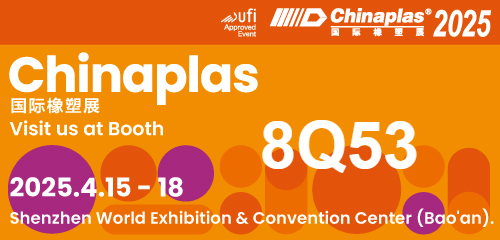The backflush hydraulic screen changer is a widely used device in industries such as plastic extrusion and chemical fiber manufacturing. It is primarily used for filtering thermoplastic materials and can achieve automatic screen changing without stopping the production line during continuous production processes. Below is a detailed introduction to the backflush hydraulic screen changer:
I. Application Scope
The backflush hydraulic screen changer is particularly suitable for filtering thermoplastic materials such as plates, sheets, films (like blown film, flat film, and cast film), fibers, pipes, packaging straps, and granulated materials. It is also suitable for processes requiring stable pressure and high pollution levels, such as recycling and granulation.
II. Structural Characteristics
The backflush hydraulic screen changer typically adopts a double-column structure, comprising a main body, feed inlet, discharge outlet, two cylindrical holes, plungers, a main hydraulic cylinder, a backflush chamber, and a backflush hydraulic cylinder. The plungers slide within the cylindrical holes and are controlled by the main hydraulic cylinder, while the backflush plungers slide within the backflush chamber and are controlled by the backflush hydraulic cylinder. This structure enables the screen changer to achieve four flow channels and four working positions, with four screens operating simultaneously to provide a larger filtration area.
III. Performance Characteristics
Automatic Backflush Function: When impurities accumulate to a certain degree on the filter screen, the backflush plunger moves under the drive of the hydraulic cylinder, causing a small portion of the melt to flow backwards and carry out the impurities, thereby achieving the purpose of automatically cleaning the filter screen. This function greatly extends the screen-changing interval and ensures production continuity.
Low Pressure Fluctuation: During screen changing or material introduction and venting, there are always three filter screens in operation, resulting in minimal pressure fluctuation during the screen-changing process and ensuring product stability and continuity.
Rigid Seal Structure: The rigid seal structure ensures no leakage, improving equipment reliability and safety.
Automated Control: PLC control can be implemented, with a high degree of automation, reducing the cost of manual intervention by operators.
Safe and Stable: With automatic alarm and control functions, it ensures safe and stable system operation.
IV. Technical Parameters
Operating Temperature: ≤350°C
Working Pressure: ≤50 MPa
Pressure Difference: ≤20 MPa
Applicable Melt Viscosity: 100~10000 Pa·s
Heating Method: Electric heating / heat medium heating
V. Application Scenario Examples
In industries such as plastic granulation and chemical fiber manufacturing, the backflush hydraulic screen changer is widely used at the front end of extruder die heads for filtering impurities in the melt to ensure product quality. Especially in the process of recycling and granulation, where raw materials contain numerous impurities, the use of the backflush hydraulic screen changer can effectively improve production efficiency and reduce production costs.
In summary, with its unique structure and superior performance characteristics, the backflush hydraulic screen changer plays an important role in the field of thermoplastic material filtration. With continuous technological advancements and market expansion, its application scope will become even broader.
Email: info@battemachinery.com
WhatsApp: +86 158 38331071
Previous:Polymer Melt Gear Pump: Structural Materials, Configurations, and Application ConditionsNext:Dual-plate dual-station screen changer: A key equipment for enhancing the production efficiency of c



